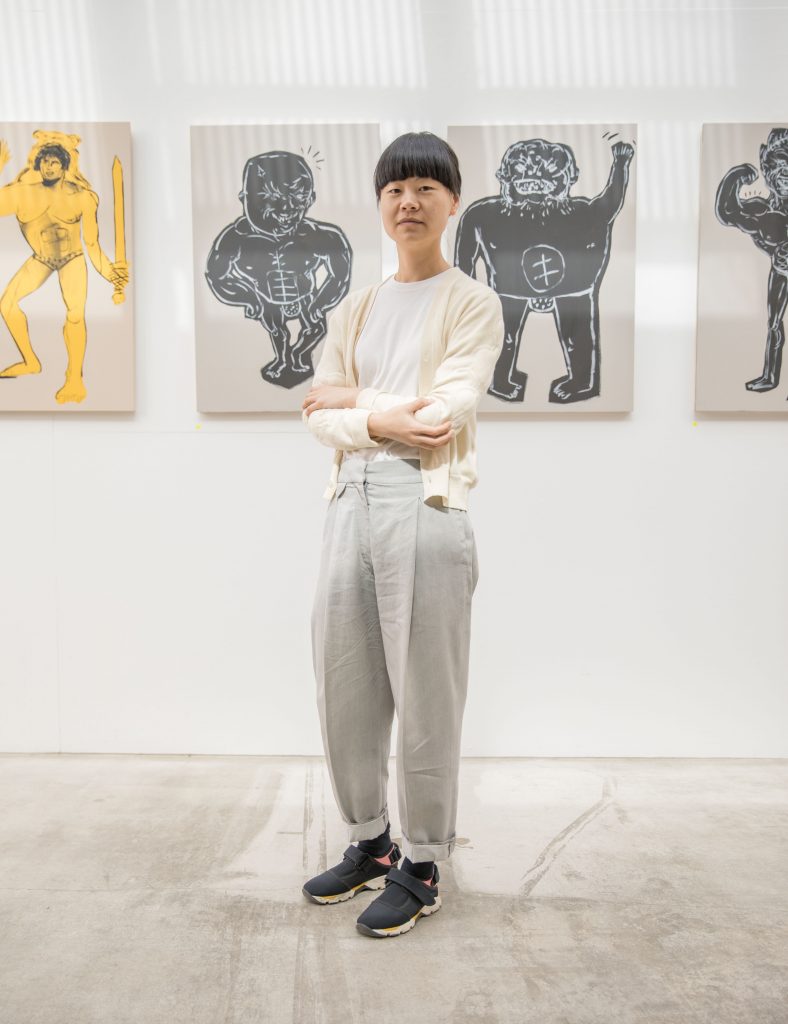Make Do: Utility Wear
Make Do: Utility Wear
Hotel Hotel Projects, WorkshopDuring World War II, the British Government introduced the Utility Scheme CC41. The scheme encouraged clothing manufacturers throughout the UK to use cloth supplied by the government. The style of the items was regulated. Straight cuts and slim silhouettes with no embellishments and unnecessary pleats maximised the number of items that could be cut from the cloth and minimized waste by reducing offcuts. While these austerity measures created some hostility, they saved millions of metres of fabric and clothed thousands of people in a time of extreme scarcity.
Leaping from the CC41 scheme, Annie Wu of Articles of Clothing, taught participants how to create unconventional patterns for functional garments that reduce waste. Participants created templates for a contemporary utilitarian uniform (that can be worn everyday). This workshops encouraged us to think about how we might dress ourselves differently and explored alternative ways of making and repairing things. It Through it we were able to consider the objects and raw materials that already surround us in new ways.
Fix and Make
You can buy thousands of units of something from somewhere in the world. This is necessary to an extent for today’s populations. But still, we are anxious. Who made those thousand units? Did we really need to order that many? And what do these things even mean to us when we don’t really know anything about them? Fix and Make is a series of workshops and talks that explores these anxieties. Through the practical, the experimental and the philosophical the program brought different people together to actively questions our relationship with and consumption of objects. Fix and Make invited individuals to reconnect with their hands. It encouraged new learning through doing. Through the process of fixing and making we reckon we can gain a better understanding of how things work and apply this knowledge to other areas of life: to solve our own problems; to take control of our own resources; to break our dependence on manufacturers who create products with built-in obsolescence. The annual program,running throughout 2016, brought together more than 60 collaborators to lead workshops and contribute to discussions from fields as diverse as neuroscience, art, design and craft, food, education, music, psychology and the environment.
Make Do: Utility Wear
22.10.17
Workshop
Making as Meditation: Patterns from Plants
17.06.17
Workshop
Make Do: Jugaad
11.06.17
Workshop
Make a Swarm Trap
27.08.16
Workshop
Repair Remake Swap
09.07.16
Workshop
Make a Utility Apron
11.06.16
Workshop
Ghost Net Weaving
01.05.16
Workshop
Invent an Instrument
30.04.16
Workshop
How to Make Toys from Trash
20.04.16
Film
The Art of Kintsugi
09.04.16
Workshop
Oyster Appreciation
02.04.16
Workshop
Knife Making and Preservation
12.03.16
Workshop
Meet the Toymaker
27.02.16
Workshop
Toys from Trash
27.02.16
Workshop
How to Make Camp Furniture with Dale Hardiman
19.02.16
Film
For the Love of Things
10.02.16
Talk
Making as Meditation: Chopsticks
23.01.16
Workshop
Making as Meditation: Chopsticks
16.01.16
Workshop
Make Your Own Camp Furniture
05.12.15
Workshop
19 Objects: New Ways to Value
25.11.15
Talk
Ownership of Things
18.11.15
Talk
Make a Swarm Trap
15.11.15
Workshop
Reshaping Glass
14.11.15
Workshop





